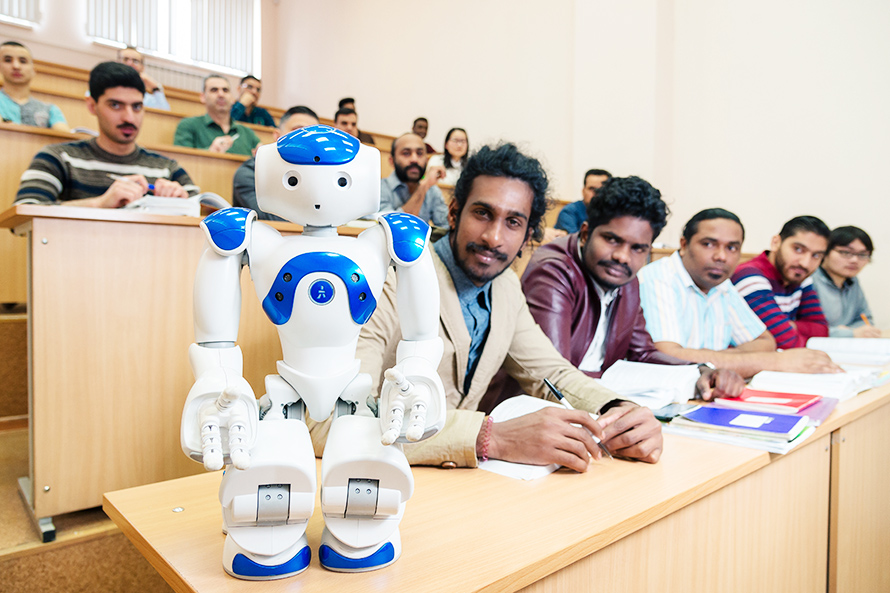In Russia, students not only study theory but also pursue projects: they are engaged in scientific research and invent.
Students’ innovations often span several fields of knowledge. South Ural State University students launched several IT and linguistic projects to aid foreign language learners.
Institute of Social Sciences and Humanities second-year masters student from Sri Lanka Uvindu Wijeweera designed a Russian-Sinhala dictionary application for smartphones which, unlike the existing online dictionaries, offers instant translation without rendering it into English first. This prevents the distortion of meaning. The expanding dictionary currently contains 5,000 Russian and 25,000 Sinhala words. The application has other useful functions; for example, it can compose a list of words to be memorised or share the right word with a friend. The programme has English interface. The author worked on the project for 18 months. He expects the application to be available on Google Market in September 2018.
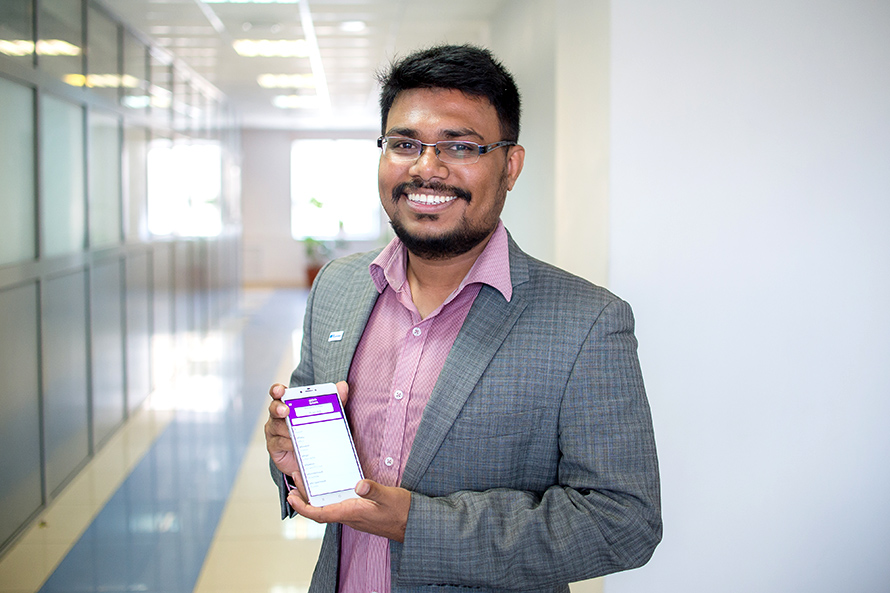
© SUSU
A team of Russian and international students at the SUSU School of Electrical Engineering and Computer Science (Department of Informational and Measuring Technology) and Institute of Linguistics and International Communications (Department of Russian as a Foreign Language and Department of International Relations and Regional Studies) is designing software for robot Vanya that can teach Russian phonetics to foreigners. The robot recognises phrases spoken in Russian by a foreigner and offers recommendations on improving pronunciation. Arab and Chinese students are contributing to the speech pattern database which already has 39,000 audio files.
National Research Tomsk State University masters students on the programme Digital Humanities designed a new smartphone application to effectively learn new vocabulary and texts though an online game. The application is based on the association method. The user downloads the text, highlights the key words and the programme places them in virtual space. The user then plays the game learning the words through associations.
Larger IT projects are ongoing. ITMO National Research University postgraduate Anton Gusarov is creating advanced Internet technology. Together with foreign colleagues, he is developing new antenna arrays Massive-MIMO with faster data transfer capacity. This technology will make groundwork for launching new generation 5G networks in the near future.
There are interesting projects in medicine and biomedical engineering.
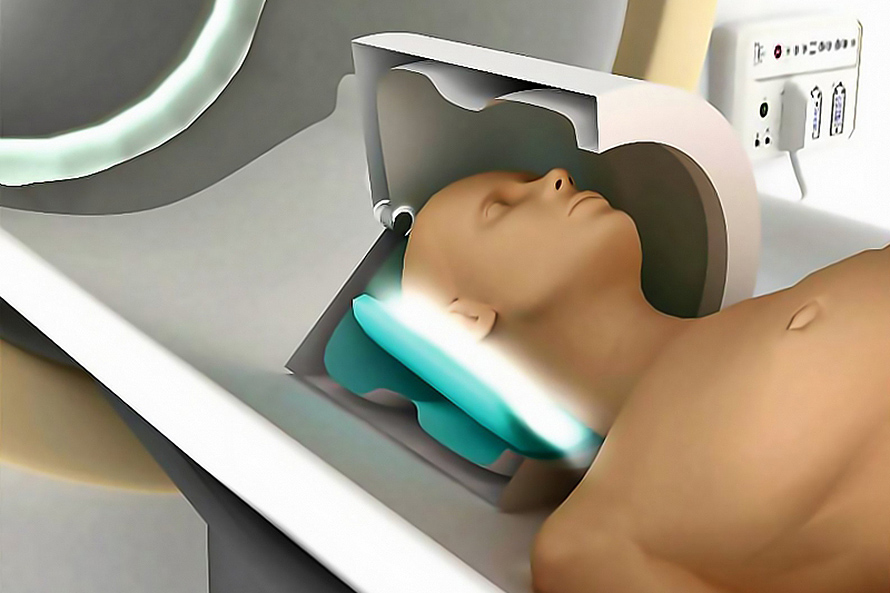
© ITMO University
ITMO University Department for Nanophotonics and Metamaterials postgraduates Alexey Slobozhanyuk and Alena Shchelokova developed a technology to improve MRI scanner operation. It utilises a wireless MR coil (part of the device transmitting signals to reconstruct the image of scanned organs) and attached metasurface (artificial matter capable of processing electromagnetic waves). The technology can rearrange MRI scanner magnetic waves patterns and enhance them for target areas. This produces higher resolution MRI imaging of a given organ without posing any risk to the body. Doctors will find this technology easy to use as the coil is placed under the scanned part of the body without having to be connected to the equipment. Postgraduates plan to develop dedicated coils for head, spine and limbs.
Ural Federal University Institute of Physics and Technology postgraduate Fedor Korotov developed a biomechanic prototype of fingers with a capacity to lift heavy objects such as five-litre water cans. The fingers are made of high-strength non-toxic heat- and cold-resistant plastic. Using this technology, Korotov plans to replicate the human hand in the near future. The high-strength low-cost device will be affordable for all patients. Large prosthetic manufacturers have already displayed an interest in the invention.
Students on engineering tracks at Russian universities also design new useful devices.
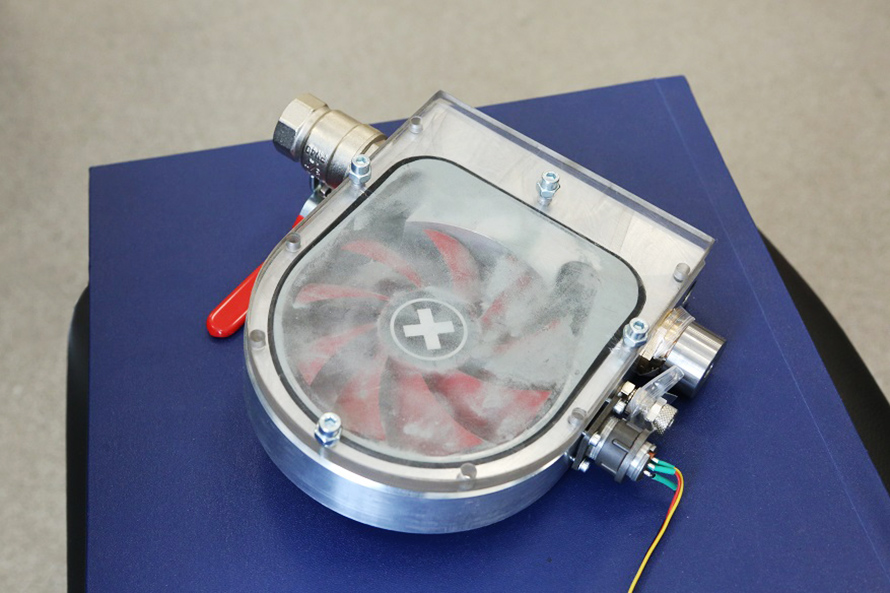
© TPU
Tomsk Polytechnic University postgraduate Maxim Krinitsyn designed spheroidizator which lends spherical form to 3D printing powder. The process does not change the material’s inner structure. The inventor says that the use of this type of powder enhances 3D printing quality.
Far Eastern Federal University School of Engineering students are designing a mobile wind electric system for private individuals to produce environmentally friendly electricity. Compared with the existing counterparts, it features original design, ease of use, negligible noise level and light mass.
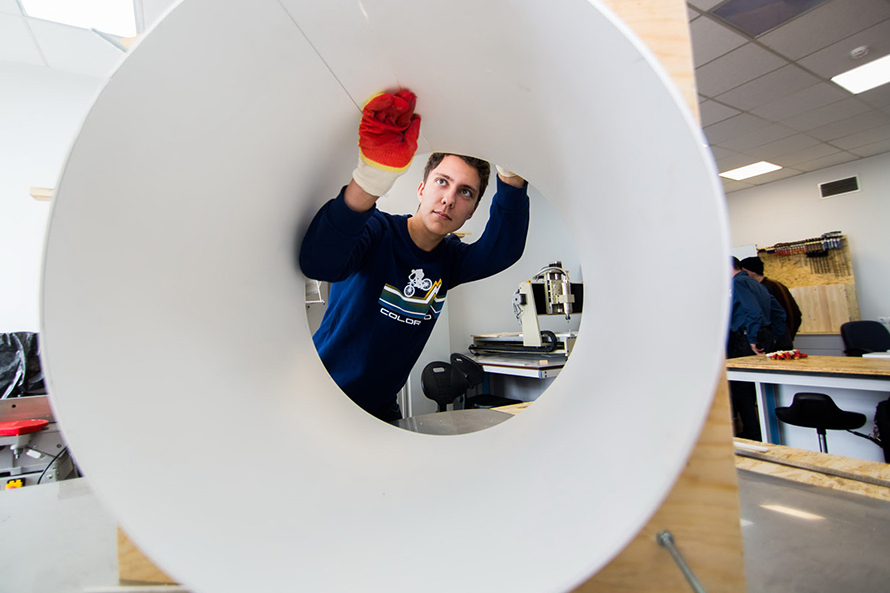
© FEFU
Another FEFU team is designing a solar sail assembly for spacecraft to help resolve the space junk recycling problem. The device is to be installed on satellites. When a satellite fails and begins to pose danger to other operating units, the sail unfurls to initiate deceleration. The satellite then slips off from its orbit to lower altitudes and burns in the atmosphere.
Lobachevsky University Faculty of Physcis masters student Yuri Kuznetsov designed a new type of thermoelectric converter, a material generating electric power through a difference in the temperatures on its edges. Such materials are viewed as a promising alternative to energy sources; scientists across the world are developing them. The student’s thermoelectric material is made of silicon and manganese. Heating one edge of the material and cooling another generates electricity. The prototype’s current yield of 5 millivolt is expected to increase in the future. The key advantage of the new thermoelectric material is that it is composed of easy-to-obtain inexpensive and environmentally friendly materials.






















































